Assuming I did not botch the task, by the time this posts I will have been dead via suicide for several hours. Nope, that’s not a setup to a joke.[1]
Why would someone who is healthy, employed, has every outside appearance of success, and so on, take their own life? In my case the answer is simple enough: I was done, but my body wasn’t. But that answer isn’t satisfying, so, for those who are aggrieved, upset, saddened, etc., let me do my best to try to explain.
And lest you imagine me some sort of sad human whom you should pity, I have never had that view of myself (aside from the occasional pity party, of course). I did struggle with that self perception on and off as an adolescent and teen. But since becoming a young adult I came to understand myself as a remarkably privileged human being.
Indeed, I have had nearly every conceivable advantage a human might hope for. And I lived a rich, rewarding life of which I am, I confess, quite proud.
So, WTF!?! Right? Why would someone like that off himself? Surely he was full of self pity, whining and crying, blah, blah, blah.
Perhaps I have deceived myself and that is the best account. But it was not my experience.
As one last bit of prologue, I fear this post will be little more than a scattered set of thoughts. Is there such a thing as a “suicide note” that makes sense to those who valued and loved the one who killed herself? That seems unlikely. But perhaps some of you who are hurting will find something useful here.

Misfit
I didn’t “fit” in society. That isn’t a problem of society. Setting aside moments of petulance, I viewed it as a plain fact. There it was. What to do about it? Ask society to adapt to me? Hah!
Being a misfit manifested itself in two broad ways over the course of my life: (1) far too often I angered, insulted, offended and otherwise upset people, without expecting or intending to, and (2) I rarely felt that I was successful explaining my ideas, perceptions, understandings to others.
Yeah, I know: “Cry me a river!” Nobody “fits.” Everyone feels like an outsider. Fair enough. I am not trying to persuade anyone. But for those of you interested in why I decided to end my life, it begins there. This was a lifelong problem, and I while I certainly got better at reducing the frequency of both, daily interactions regularly reinforced each (admittedly, more the latter than the former, which was a blessing).
I began to get a handle on the fact that I experienced life differently than others in second grade. While I certainly could not understand it as such back then, I basically observed class like an anthropologist might. There were all these unwritten rules governing my classmates’ behavior, as well as a slew of them that governed my teacher’s interactions with us. To be sure, our teacher had laid out some formal rules (e.g., don’t speak without raising your hand; line up in single file; sit still; walk on the right side of the hallway).
The formal rules were great: I knew what to do. To be sure, I didn’t like many of the rules, and I struggled to figure out why some existed (e.g., sit up straight). But several I could back out (e.g., walk on the right side of the hall). And even if I could figure out why the rule existed, I knew how to behave: I could choose to obey or transgress the rule.
But the behavior of my fellow students often mystified me. Why didn’t they pay attention in class? Why did the teacher have to repeat herself? How could they not understand that? Why did lessons have to move forward soooooo slowly?
But the real mysteries involved interactions outside of the formal classroom. Why weren’t my classmates interested in the things I wanted to talk about? Why did they want to talk about things that I found inane and uninteresting?
You might be surprised to learn that I was among the shortest of my classmates. I was also horribly slow. In short, I was a short, skinny boy who found social interactions curious and confusing and spent lots of time “in his head.” Outside of a formal setting where the rules of behavior were clearly established I was shy.
I would figure out in my late 40s that I am borderline autistic. Of course, in the late ’60s and early ’70s that wasn’t meaningful. Had my parents or teachers known, there wouldn’t have been any useful resources for them to have done anything with the knowledge.
On Briggs-Meyer tests I score either INTJ or ENTJ, depending upon how I answer several questions: in a large group where I have no (leadership) role I am introverted. Hand me a (leadership) role and the size of the group becomes irrelevant: I become extroverted. In addition, as I become comfortable from repeated interaction in a group I switch from introverted to extroverted (primarily by filling leadership voids).
Both types are apparently unusual, each estimated to comprise around 2% of the population. So, borderline autistic and I/ENTJ? Yup: Misfit.
Here’s a quote from a description of INTJ’s that resonates with me.
People with the INTJ personality type take pride in remaining rational and logical at all times, considering honesty and straightforward information to be paramount to euphemisms and platitudes in almost all circumstances
Status Seeking Behavior
In Middle School, and especially 8th grade, I began to put together a useful way to understand the mystifying behavior of others. Humans can usefully be understood as social creatures whom are constantly engaged in enhancing or protecting their rank among their peers. As a recent post put it, quoting a researcher:
“Social cooperation is our key for survival and reproduction. It is not enough for individual men and women to know the whereabouts of lions and bisons,” he wrote. “It’s much more important for them to know who in their band hates whom, who is sleeping with whom, who is honest and who is a cheat.”
I cannot convey how visceral was my distaste in pursuing such information. As a social scientist, and a dad who watched his children develop, I came to understand why people do this. But it remained something I could not stand and actively avoided.
Unsurprisingly, rejecting pursuit of the types of knowledge that are “key,” is not especially healthy.
But this explains why my literary anti-heroes were The Little Boy in Hans Christian Anderson’s The King Who Wore No Clothes, Holden Caufield in Catcher in the Rye, and Yossarian in Catch-22. I viewed those as one character during three periods of life: as a child (taught to conform), as a teen (struggling to conform, and hoping to save his sister from “growing up” and becoming a “phony” who conformed to social norms), and as an adult (struggling to make sense of a world in which collective action problems, status competition, and social norms create havoc with individuals’ lives).
You arrogant prick!
Early in life I had to choose between honest arrogance and hypocritical humility. I chose the former and have seen no reason to change. Frank Lloyd Wright.
I heard this quote for the first time just the other day. And I get it.
The best way for me to articulate why I valued honesty is that it hurt to lie. White lies (told to spare another’s feelings) hurt. As Holden Caufield puts it, being “phony” hurt.
And regardless of whether I was correct, I believed I was better than most at some things. I was certainly worse than others at LOTS of things, and it struck me as appropriate to acknowledge that.
But in some settings it is costly to “put yourself down” in front of others, and in others it isn’t. What distinguished those settings? Damned if I knew! But there are social norms that most human beings intuit / learn well, but I struggled to see / learn.
In some settings it is beneficial to “take credit” or “brag” a bit. But in others it is costly. Again, the distinctions were largely lost on me.
A Few Minutes Later You’re Laughing Again
Several years ago my brother, father and I were chatting about social interactions, and especially small talk. We were in a bar and I asked my dad whether he suspected that the myriad conversations going on around us would interest him. He confessed that he doubted many would.
My brother furrowed his brow and said something to the effect of
What’s the big deal? People in here are having fun. Sure, somebody says something that seem boring or irritating or whatever. But it’s ware off a duck’s back! A few minutes later you’ll be laughing again.
That really stuck with me. My brother has mad social skills. He can walk into any place where people speak English and in a few minutes he’ll be engaged in conversation and having a grand ole time.
I remember looking at him and wondering what it would be like to experience that. Small talk literally hurt. I loathed it. Why? I found it stressful. Seriously. It induced stress. And that’s a problem.
Small talk is a hugely important social lubricant. Intellectually I came to understand that. But emotionally I could not deal.
Pissing People Off
I had a relatively high tolerance for conflict. I did not enjoy it: I found social conflict very stressful. But I was willing to do it, especially in defense of those I felt were not in a good position to respond for themselves. So there were numerous times when I angered, upset or offended people and I knew full well that my behavior / comments would do so.
But I was often surprised when someone, or a group of people, responded to me with anger, etc. Over the years I came to understand myself as adopting a tone that has been described to me by various women in my life as “that tone,” “obnoxious” or “condescending.”
Sometimes I recognized what they were referring to. But, and this is the difficult part, I very frequently did not. Indeed, my ex-wife had to put up with more than a decade of me responding very defensively when she would make that observation.
Sadly, it took a comment from a colleague, Shaun Bowler, to help me see that I was, indeed, tone deaf. “You know you piss people off,” he said, almost off handedly. He had no incentive to do so, and for that reason it stuck with me. “I guess I must,” is how I filed it.
Several years later another colleague, Matt Golder, would similarly say to me, roughly, “You really should be more careful with how you say things.” I honestly did not know what / how I had said whatever it was I said, but I had by then long accepted that I piss people off without being aware that I was likely to do so (i.e., w/o the intention of doing so).
I was done
And so the simple way to say it is this: I was done. I was tired of fighting to try to share my experiences, ideas, and views. Large portions of my conversations with most everyone contained frustration where I let things go that bug me.
Perhaps that is true for most people. Perhaps it is part of the human condition. But I had enough and just wasn’t up for the continued effort.
And I was tired of pissing people off, especially when I did not expect to or mean to.
But you have so much to live for
Why not do the things I love? For example, I loved novels, (live and recorded) music, plays, movies, and films. I enjoyed watching ball sports on tv. I loved being out in nature, on a trail or off.
Over the past few years I’ve tried to do that, and while my enthusiasm for those things did not wane, they share something in common: they are consumption. And for some unknown, damnable reason, I could only do so much consumption. Just doing things I enjoyed consuming was a tried and true path to depression for me. To feel good about myself–to be able to look myself in the mirror–I needed to produce.
I learned long ago that producing something I found useful / valuable did not mean anyone else would see it as useful / valuable. One must market it: show others it use / value. And that may seem straight forward, but it isn’t.
And there’s the rub: strategic social interactions are front and center in that process. Or so it seemed to me. Either way I was just poor at it.
The Final Outro
For those of you who are aggrieved, upset, etc. with my death, please, to the extent you are able, try not to imagine that I viewed my life as miserable, unhappy, or anything of the sort. Further, please don’t imagine that I went into some (slow or rapid) decline. That narrative may describe well the lives of many who chose suicide. But that was not how I understood my own life and choice.
I first began to weigh the costs and benefits to taking my life when I was a teenager (I suspect, roughly from the time I realized that I could). Suicide is, of course, a taboo. And the first rule of taboos is: don’t discuss the taboo! The second rule is: if you must discuss the taboo, express your opposition and then close the discussion.
So I learned early on not to discuss it.
When I got married I mostly stopped thinking about the suicide option. When we had children I stopped completely. It literally just wasn’t an option to me.
And its important to explain that I experienced these as exogenous choices. I don’t know whether you feel you are able to choose the thoughts that enter your mind, but aside from changing the stimuli (e.g., reading a book, watching a film, engaging in conversation), I did not exercise much control over the thoughts that entered my mind when I was not actively engaged in something. My mind generated thoughts, seemingly independent of my will.
So, until my children became adults, the suicide option just disappeared. I was thus surprised when, after my kids became adults, it returned. But it did.
When I left my ex-wife I was well aware that my time on the planet might be shorter than my body’s life expectancy. I knew I didn’t want to stay in the marriage, but I was far from confident that I would want to live a solitary life. And so it has come to pass
In closing, I want to thank each and everyone one of you who interacted with me, in person and/or virtually, and especially those who I interacted with frequently and came to know. I was fortunate to live a very rich life, and despite my challenges and frustrations, y’all were the reason for it. Though I chose to exit rather than persist, I have been very privileged, and I thank you for being a part of my life.
Live well, and to steal a line from one of my fraternity brothers, “Go hug somebody!”
@WilHMoo
[1] I wrote this post prior to doing so–one can schedule blog posts, and I scheduled this one to post today.
PS: If you are curious about the title, it refers to the time clocks companies used to make workers insert a “punch card” to to establish when they arrived and when they left.



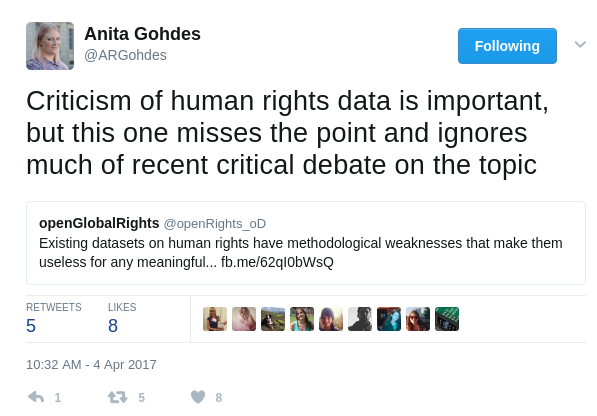
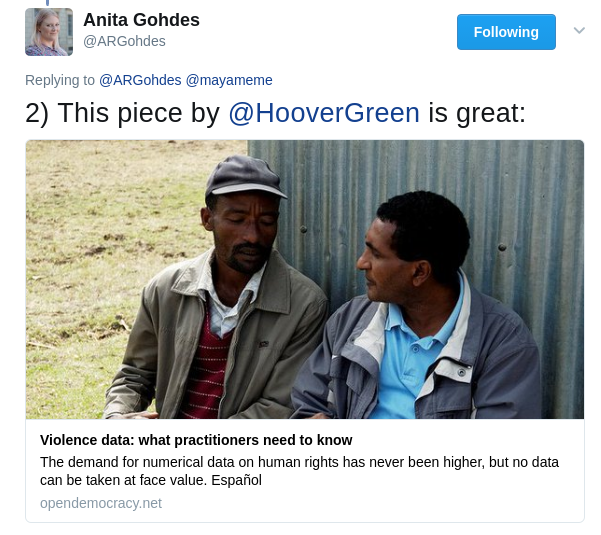
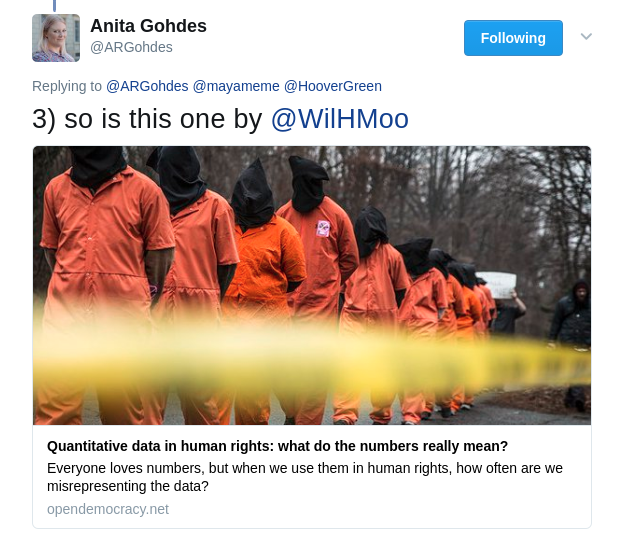
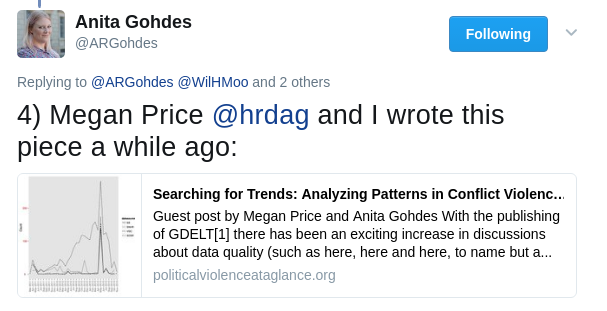

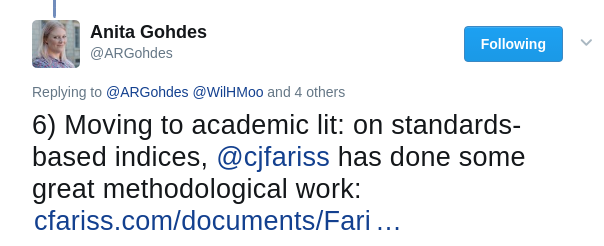

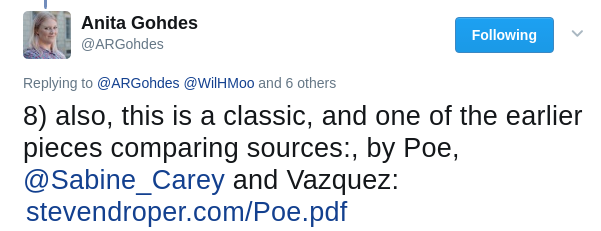


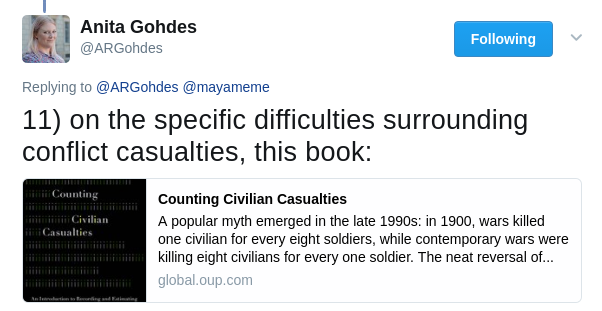
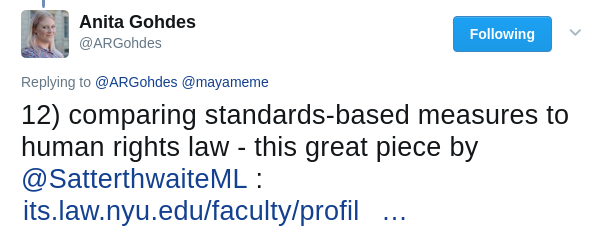





















 For those who are unaware, credit cards disappeared as a necessary condition to view such material several years ago. The only thing stopping someone from viewing (and sharing) these sorts of videos is revulsion. Many humans find such material revolting. Many of us are curious and wonder what the hell that could be all about. Most among us are titillated at violating taboos, secretly, when there is limited risk of being seen or caught. And too many among us find these narratives inherently appealing.
For those who are unaware, credit cards disappeared as a necessary condition to view such material several years ago. The only thing stopping someone from viewing (and sharing) these sorts of videos is revulsion. Many humans find such material revolting. Many of us are curious and wonder what the hell that could be all about. Most among us are titillated at violating taboos, secretly, when there is limited risk of being seen or caught. And too many among us find these narratives inherently appealing.